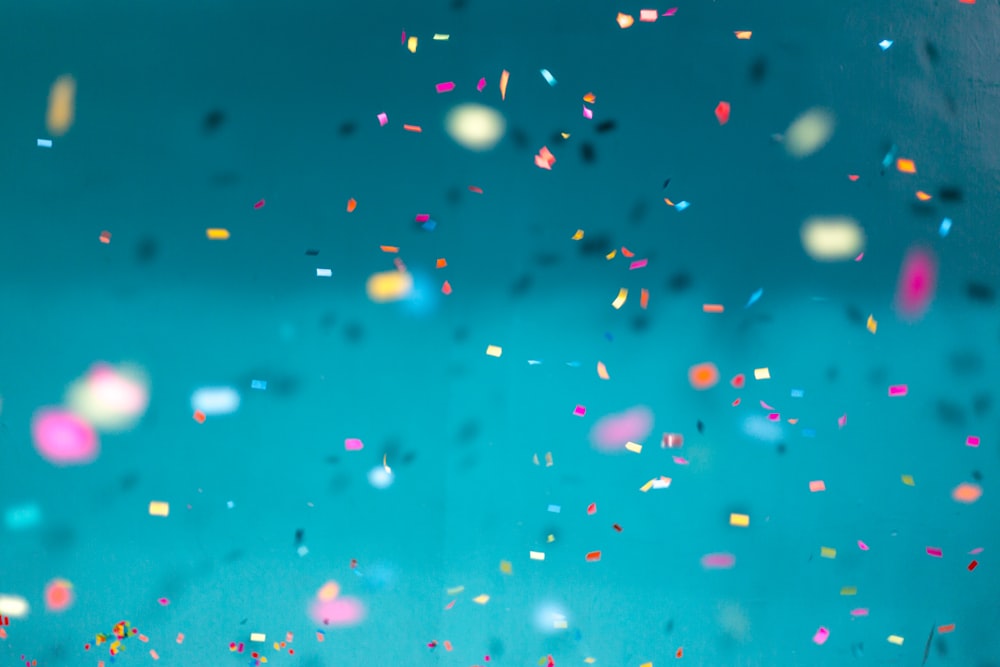The Psychology of Color in Web Design

Color is one of the most powerful tools in a web designer's arsenal. It can influence mood, convey meaning, and even affect user behavior. Understanding color psychology is essential for creating effective web designs that resonate with your target audience.
The Emotional Impact of Colors
Different colors evoke different emotional responses. Here's a breakdown of common colors and their psychological associations:
- Red: Energy, passion, urgency (often used for clearance sales)
- Blue: Trust, security, stability (popular with banks and tech companies)
- Green: Growth, health, environment (common for organic and eco-friendly brands)
- Yellow: Optimism, youth, attention-grabbing (but can be hard on the eyes)
- Purple: Luxury, creativity, wisdom (often used for beauty and anti-aging products)
- Orange: Friendliness, enthusiasm, affordability (great for call-to-action buttons)
- Black: Sophistication, power, elegance (common for luxury brands)
- White: Simplicity, cleanliness, purity (popular in minimalist designs)
Cultural Considerations
It's important to remember that color meanings can vary across cultures. For example:
- In Western cultures, white represents purity and is used for weddings, while in some Eastern cultures it's associated with mourning.
- Red is considered lucky in Chinese culture but can represent danger or debt in Western contexts.
- Green has strong Islamic associations but can represent inexperience ("greenhorn") in American English.
Practical Applications
When applying color psychology to web design:
- Use your brand's primary color strategically to reinforce your message
- Choose contrasting colors for call-to-action buttons to make them stand out
- Consider color blindness when selecting color combinations (about 8% of men have some form of color vision deficiency)
- Test different color schemes with your target audience to see what resonates best
Pro Tip:
Use our Color Palette Generator to create harmonious color schemes that align with your brand's psychological goals.
Case Study: Button Color Testing
A famous case study from HubSpot showed that changing a button color from green to red resulted in a 21% increase in conversions. While this doesn't mean red always performs better, it demonstrates the importance of testing color variations with your specific audience.
By understanding and applying color psychology principles, you can create more effective, emotionally resonant web designs that drive user engagement and conversions.
